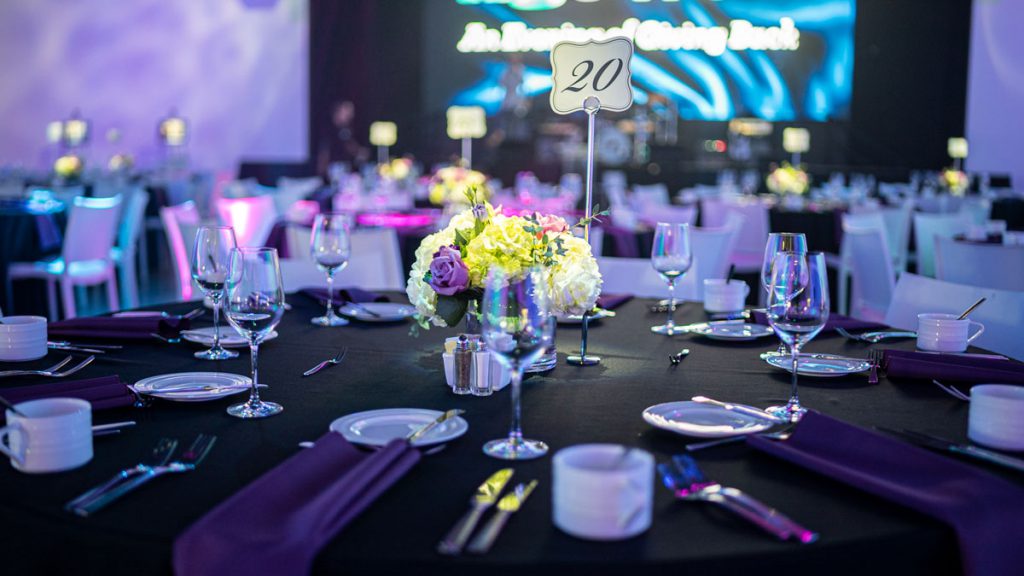Illuminating the Impact of Lighting Methods on the Art of Film Projection Mapping Techniques
Illuminating the Impact of Lighting Methods on the Art of Film Projection Mapping Techniques
Blog Article
Video projection projection is an exciting creative medium that merges technology and creativity to convert common spaces into extraordinary sight displays. This method involves projecting graphics and videos onto 3D objects, such as buildings, artworks, or stages. One of the key significant elements in creating successful mapping is the use of efficient lighting techniques. Proper lighting improves the visual components of the projection and ensures that the images are crisp and engaging. This piece explores the impact of lighting methods on video mapping and how they can elevate the overall experience.
Lighting plays a vital role in video projection because it establishes the mood and feel of the display. Different lighting methods can elicit various emotions and responses from the audience. For example, using gentle, warm illumination can create a welcoming atmosphere, while vivid, cool illumination may create a more energetic or intense impact. By carefully selecting light hues and intensities, creators can influence how audience interpret the projected images, leading to a more engaging experience. The balance between projection brightness and surrounding light is essential, as it can greatly impact the clarity and impact of the visuals.
In addition to, hue and brightness, the direction of light also affects the effectiveness of mapping. Illumination from different directions can click over here now generate shadows and accents that add dimension to the mapped visuals. This method, known as light and shadow, can enhance the three-dimensionality of the subjects being projected. Additionally, using moving illumination can introduce energy to the exhibit, making the experience more involving for the audience. When the light interacts with the projected visuals, it can produce an illusion of motion and change, grabbing the audience's focus.
Another essential element of illumination in mapping in the use of unique features. Methods such as gobo lighting, which uses patterns and shapes to project light, can add texture and complexity to the projections. This method enables artists to layer visuals and produce aesthetically captivating results that enhance the projection. Moreover, adding laser lights or LED illumination can additionally improve the exhibit, providing a distinct mix of sight components that draw the audience in. These special features, when used thoughtfully, can elevate more tips here the projection into a basic display to an immersive work of art.
In conclusion, the impact of lighting methods on video projection is profound. By understanding how various lighting components connect with mapped visuals, artists can create enthralling experiences that resonate with audience. The thoughtful choosing of color, brightness, angle, and special effects allows for a rich canvas of visual narrative. As tech advances to evolve, the possibilities for creative expression in mapping will only expand, making illumination an increasingly vital aspect in this progressive creative medium.